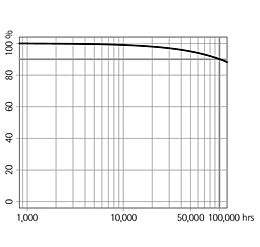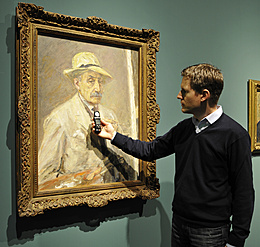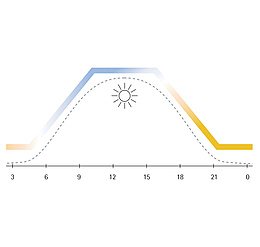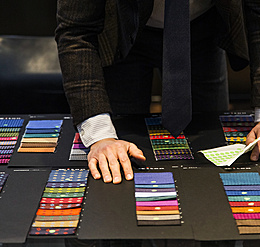According to the Product Safety Act, all products, in every respect, have to be safe. Photobiological safety considers risks due to emitted radiation in the visible range (light) and the adjacent UV and IR spectral ranges, whereby LEDs for lighting purposes emit radiation almost exclusively in the visible range.
When wavelengths between 400nm and 500nm are exposed to the retina with high intensity for a certain time, irreversible damage to the retina can occur due to photochemical processes. To ensure that this does not occur, the EN 62471:2008 standard defines the relevant measurement procedures and divides the hazard potential into four risk groups (RG) to which a luminaire is assigned. The risk groups define how the specific luminaire can be safely used and which safety distances must be observed where applicable.
These are the four risk groups (RG):
- RG0 and 1 are considered non-hazardous and do not require any special measures.
- In the case of RG2 LED luminaires, a specified distance between the viewing eye and the luminaire must not be fallen below for more than 100 seconds.
- In the case of luminaires with RG3, even a brief look into the light source is enough to trigger damage. Luminaires with risk group 3 are generally not permissible. The sun in a clear sky would be classified as risk group 3.







